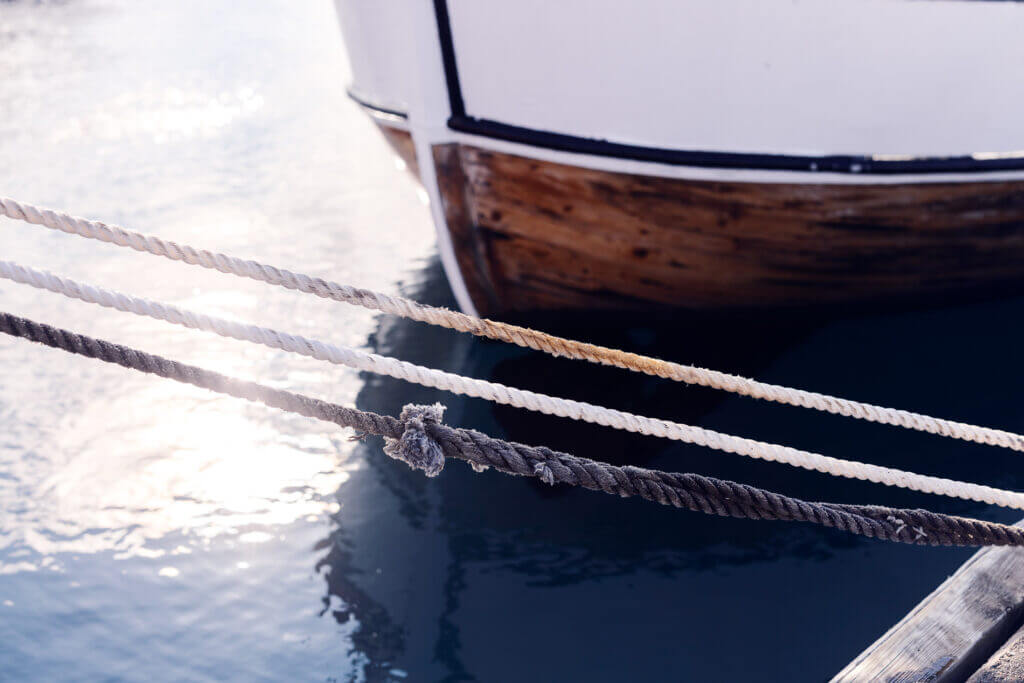Dáiddadállu
WP9 Lead: Dine Arnannguaq Fenger Lynge, Dáiddadállu dine@daiddadallu.com
Mobilizing knowledge throught art – Indigenizing research methologies through Sámi and indigenous art
Overview & Objectives
WP9 Birgejupmi Through Art emphasizes art and craft as a tool of in one’s environment, as a means of political survival and as a means of strengthening Indigenous voices and land and sea relations. Dáiddadállu’s work in WP9 is rooted in Sámi art and Indigenous values, knowledge and practices. as foundations for healing, resistance, and cultural survival. By combining artistic practices with Indigenous knowledge systems and research methodologies, we create platforms where art becomes a social force for transformation—locally and globally.
We document and revitalize Indigenous knowledge and philosophies, assess the impacts of climate change, and explore the transformative potential of land and community. We create spaces—both physical and conceptual—where Indigenous artist and people can share their perspectives, experiences, and artistic expressions.
WP9 highlights Sámi art and duodji (traditional Sámi craft) as:
Tools for resilience and well-being in one’s environment
Political tools to strengthen Indigenous voices
Expressions of relationships to land, sea, and ecological systems
Through international conferences, exhibitions, and education initiatives, we promote Sámi and Indigenous art as methods for healing, reconciliation, and social engagement. We build upon previous projects such as EadnametMaid and SápmiToo, and collaborate with Indigenous artists and institutions in Sápmi, Kalaallit Nunaat, and Canada.
Together with the Sámi University of Applied Sciences, we are developing an international higher education course in Indigenous art and discourse, ensuring this knowledge is sustained and expanded within academia.
Dáiddadállu builds capacity—artistically, institutionally, and collectively—to ensure that Sámi art not only survives, but actively shapes the future.
National and International talks, conferences on indigenous art methods, healing and resilience through Art. Organize international talks and gathering (Conference) on Indigenous art in the cirkumpolar north and Sápmi. Share information about workshops involving artists, elders, academics and local people.
Indigenous art exhibition. Curate 8-10 pieces of art in different Sámi or other indigenous art forms. The theme of the exhibition is an Indigenous art conference on Indigenous methods, medicine and revival.
International higher education course in Indigenous art and discourse.

National and International talks, conferences on indigenous art methods, healing and resilience through Art. Organize international talks and gathering (Conference) on Indigenous art in the cirkumpolar north and Sápmi. Share information about workshops involving artists, elders, academics and local people.
Indigenous art exhibition. Curate 8-10 pieces of art in different Sámi or other indigenous art forms. The theme of the exhibition is an Indigenous art conference on Indigenous methods, medicine and revival.
International higher education course in Indigenous art and discourse.
Activities & Relational Methods
Within the conferences, Dáiddadállu arranges meetings, collaborations, workshops with art, nature and duodji as primary themes. Final presentation of workshop outcome on the last day of the conference.
Through the work-package we will highlight:
1. Art and duodji as tool for coping in own environment
2. Art and duodji as a political coping tool and for strengthening indigenous voices
3. Art and duodji and relations to land and sea
Expected Outcomes & Impact
Dáiddadállu will, through different artistic initiatives, envision Indigenous resurgence, a future built upon respect and care for the multicultural coexistence that would benefit all.
Possible deliverables/outputs:
- Strengthen the capacity of Dáiddadállu and continue to support art-based research in order to heal Indigenous community
- Reconciliation
- Networking and International cooperation
- Developing the sami art field
- Stimulating and developing sami artists in relations to other Indigenous artist
- Strengthened connection between communities and artists
- Strengthening Indigenous Communities and Our Common Challenges as Minority Communities within Colonial States
- Stimulating and Developing Cooperation between Indigenous People
- Highlighting UN sustainable development goals
- Develop community
- Create a desire to stay in home community
Personnel
Research Areas
Click each place to read more
Guovdageaidnu/Kautokeino is home to a strong traditional Sámi culture, closely connected to research and higher education rooted in the Sámi language. Here, knowledge is mobilized to shape the future of Sápmi.
Nuuk, urban hub of Kalaallit Nunaat, is a key Birgejupmi site offering insight into Indigenous governance, education, and health. Home to key institutions, it supports indigenizing archives and One Health collaboration between Kalaallit Nunaat and Sápmi.